|
By Alex Kirchner Development Administrator Poverty comes at a cost. Some of these costs may be familiar, like housing that’s unaffordable when earning minimum wage, or healthcare emergencies that can quickly overwhelm uninsured families. For families living below the poverty line, these costs make up a disproportionate amount of their income and can also lead to poor public health and weaken the overall economy. Nowhere is this more true than when considering one expense that is easy to overlook, but that no family can live without: electricity.
0 Comments
By Hannah Miller AmeriCorps S&N This week, the Biden Administration is preparing to distribute a $1.9 trillion economic relief bill to qualifying Americans, the third round of stimulus packages which arrives one year after the COVID-19 outbreak was declared a global pandemic. Notably, a substantial portion of the bill is directed towards individuals, 54% to be exact, compared to the previous packages under the Trump administration which placed a larger emphasis on business directed assistance (Long, Flowers & Van Dam, 2021). The economic impact of the pandemic has been vast, unmeasurable even, weighing most heavily on vulnerable populations, including folks experiencing poverty and homelessness.
By Francess Dunbar AmeriCorps S&N Millions of Americans take advantage of their local food bank every year, and that number has only grown during the pandemic (1). Cook County alone has almost 800,000 food insecure residents, a more than fifty percent increase since 2018 (2). But difficulties with distribution and social distancing have created new lines and delays at pantries even as rising unemployment has increased demand, and the older volunteer base which often sustains food distribution organizations has been forced inside indefinitely. The public transportation systems which patrons of food pantries often depend on have become vectors of transmission.
by Alex Galván Outreach and Family Engagement Administrator at Chicago HOPES for Kids What is Mutual Aid?
Mutual aid is “cooperation for the sake of common good” – to put it simply. It is not charity, nor is it a way to “save” people, but instead an acknowledgement that, as people, our survival is dependent on one another, and it serves as a way to bring people together to meet each other’s needs. During 2020, as government support for citizens remained scarce, communities across Chicago bound, and continue to bind, together to support one another. From providing cash assistance to those in the service industry through the Service Worker’s Support Fund, to delivering care packages for seniors through My Block, My Hood, My City, Chicagoans have shown dedication to showing up for one another. By Tanisha Shelton Mental health is a serious topic in the world these days as more Americans than ever before are suffering from mental and emotional stress (MacMillan, 2017). One population of people lacking recognition and treatment for those disorders are people experiencing homelessness – a group that is often overlooked by those with stable housing and basic necessities. Due to the trauma of homelessness, coupled with the lack of accessible mental health resources, people experiencing homelessness are at increased risk of experiencing mental health issues, thereby putting them at increased risk for suicide.
By: Clarissa Huard Virtual learning is a new realm that everyone has had to navigate during these past few months. Teachers have stepped up and have become creative in their new online classrooms. Parents have had to balance work requirements with helping their children. Students have slowly adapted in an attempt to establish some sort of routine and sense of normalcy. However, for some students, concerns about virtual exposure of their living situation is just one of many worries during this time. The pandemic and the shift to virtual learning has disproportionately impacted a specific population of students: those experiencing homelessness.
By: Hannah Miller Social-emotional learning (SEL) is one of the most important components of youth development. With students engaging in e-learning, seemingly trivial but valuable lessons have become more difficult to implement. Whether it’s having a conversation with a friend about who will take the next turn on the slide or discussing how it looks to feel “excited” or “disappointed”, SEL is critical. Especially for students, such as those experiencing homelessness, who may live in more isolated environments, the long-term impact of e-learning on social-emotional development is significant.
LGBTQ+ Experiencing Homelessness Youth Need Our Support and Recognition Now More Than Ever9/23/2020 By: Clarissa Huard According to the Chicago Coalition for the Homeless, 76,998 people experienced homelessness in Chicago throughout 2018. Of those, the number of unaccompanied youth experiencing homelessness (ages 14-24) in Chicago is around 11,376. With the pandemic creating more barriers and challenges, including unprecedented levels of unemployment, these numbers are likely to have increased in 2020.
Experiencing homelessness is difficult for anyone, but especially for youth who are still in key developmental stages in their lives. LGBTQ+ youth disproportionately experience homelessness compared to non-LGBTQ+ youth. While approximately 7% of youth identify as LGBTQ+, they account for up to 40% of homeless youth. A study published by Chapin Hill at the University of Chicago in 2017 found that LGBTQ+ youth have a 120% higher risk of homelessness than their non-LGBTQ+ counterparts. They also found that Black youth faced an 83% greater risk of homelessness, and Hispanic non-white youth faced a 33% higher risk compared to their White counterparts. From this data, we can see that youth who are experiencing homelessness often face unique and compounded challenges based on their intersecting identities. |
BLogArchives
March 2024
Categories |
©2022 Chicago HOPES for Kids. All Rights Reserved.
Website by Gumbo Media
Website by Gumbo Media

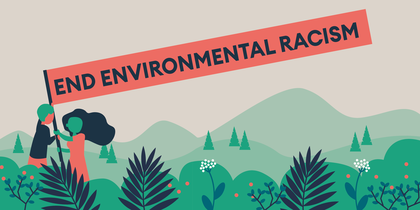
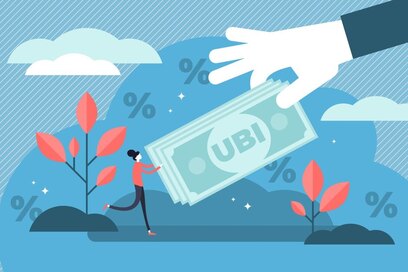
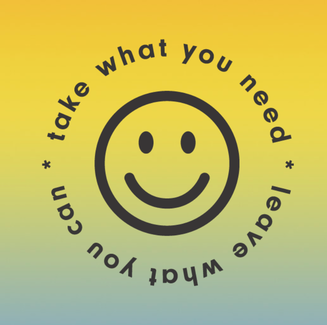
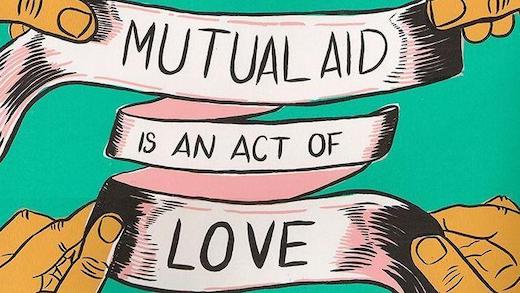
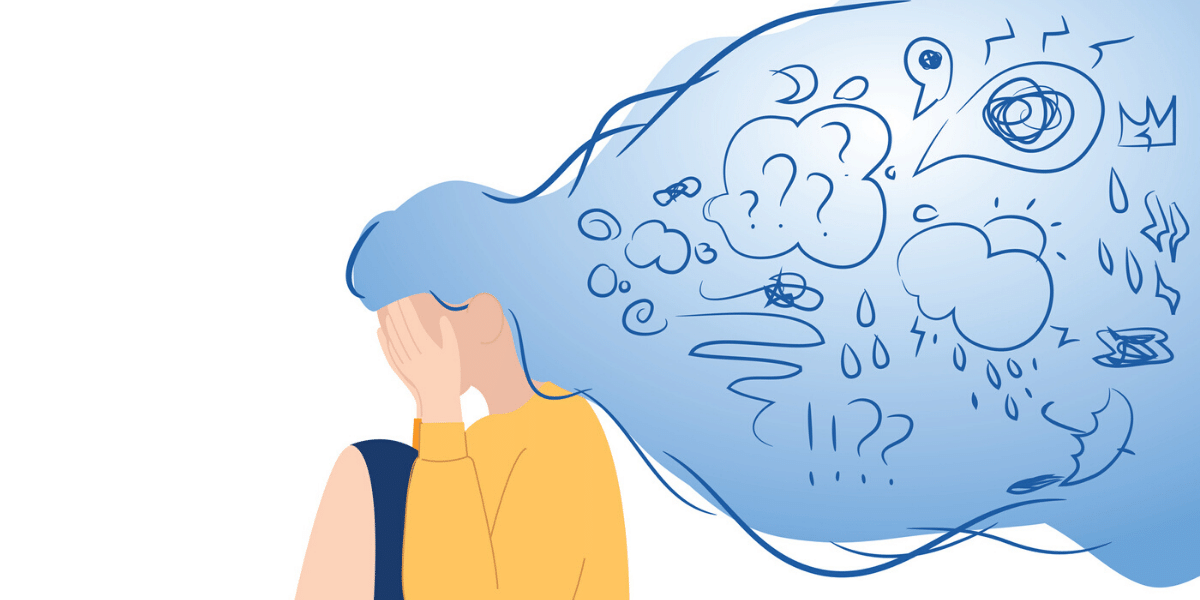
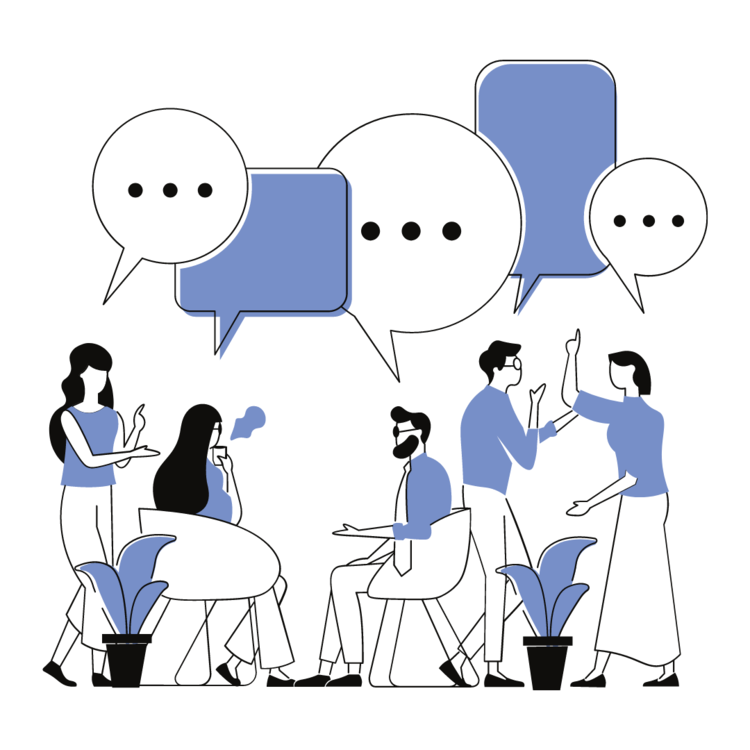

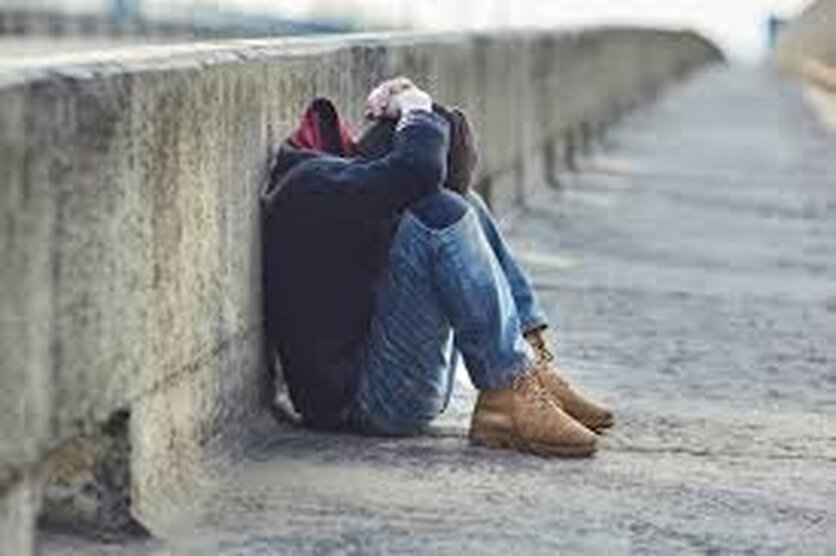
 RSS Feed
RSS Feed
